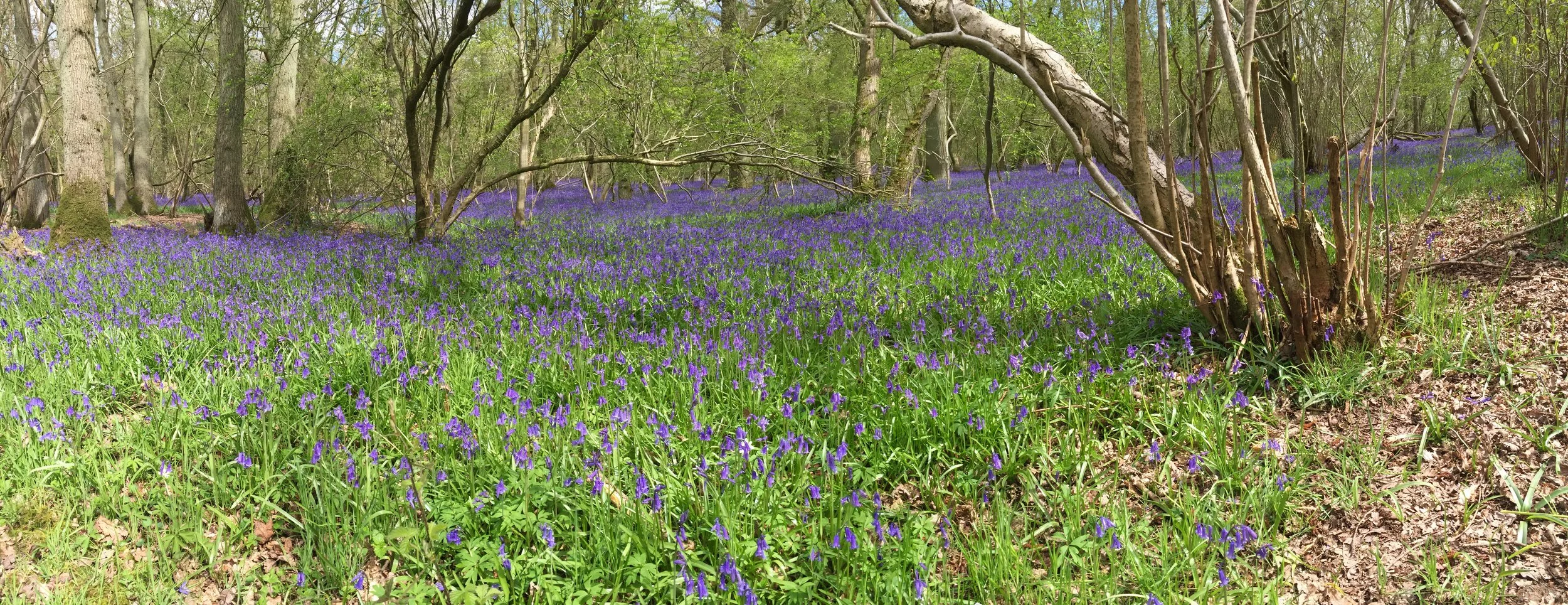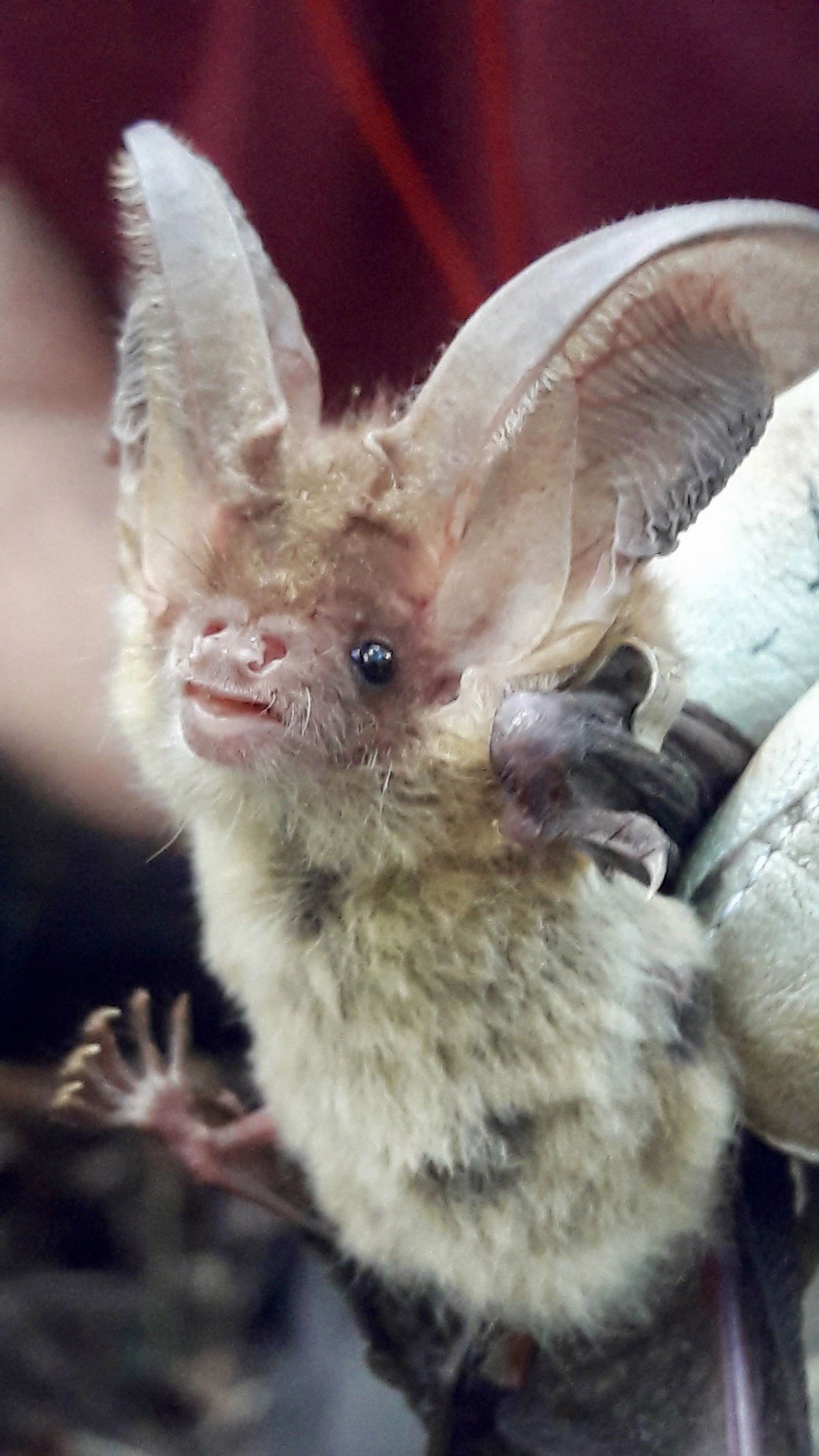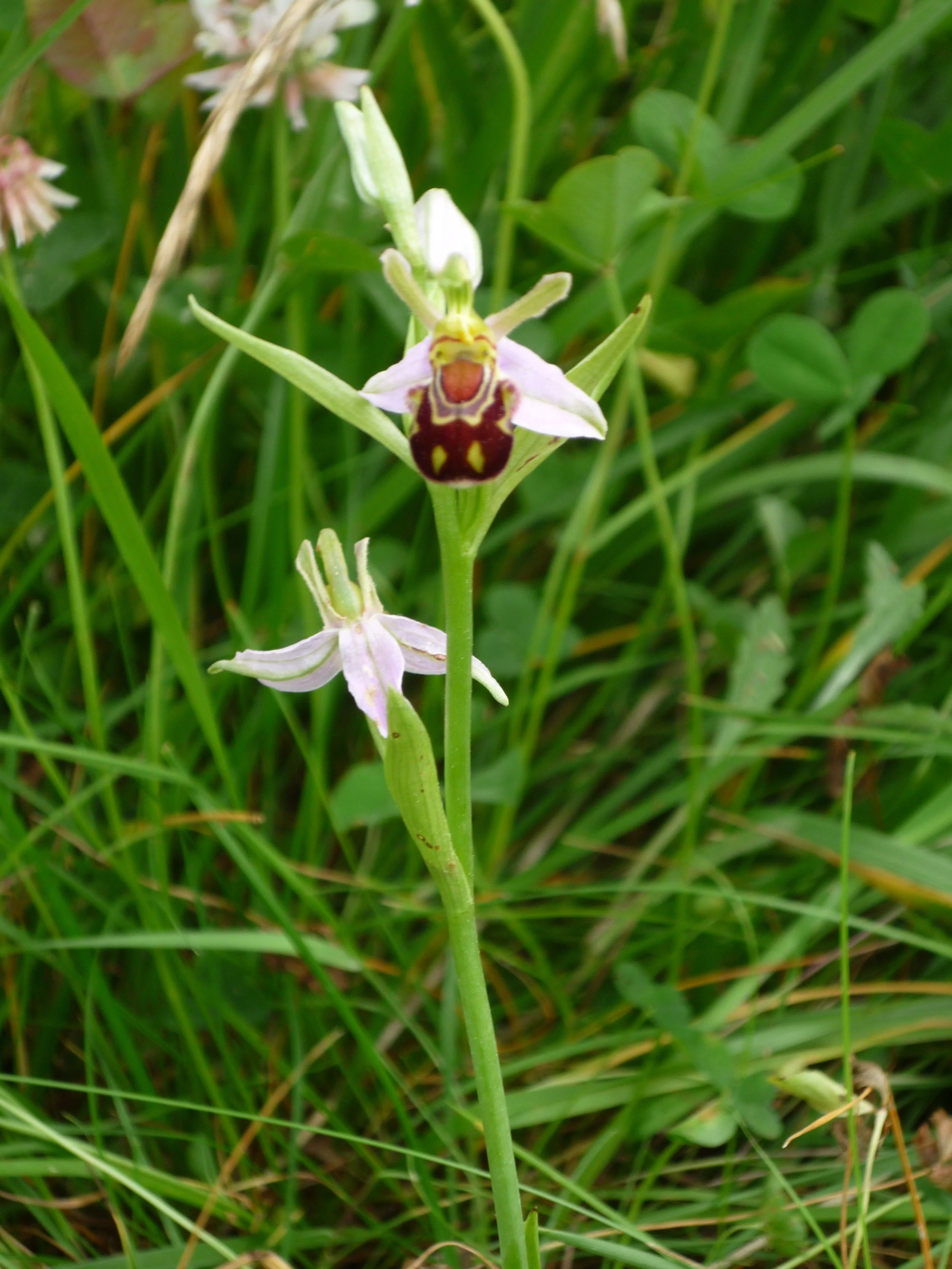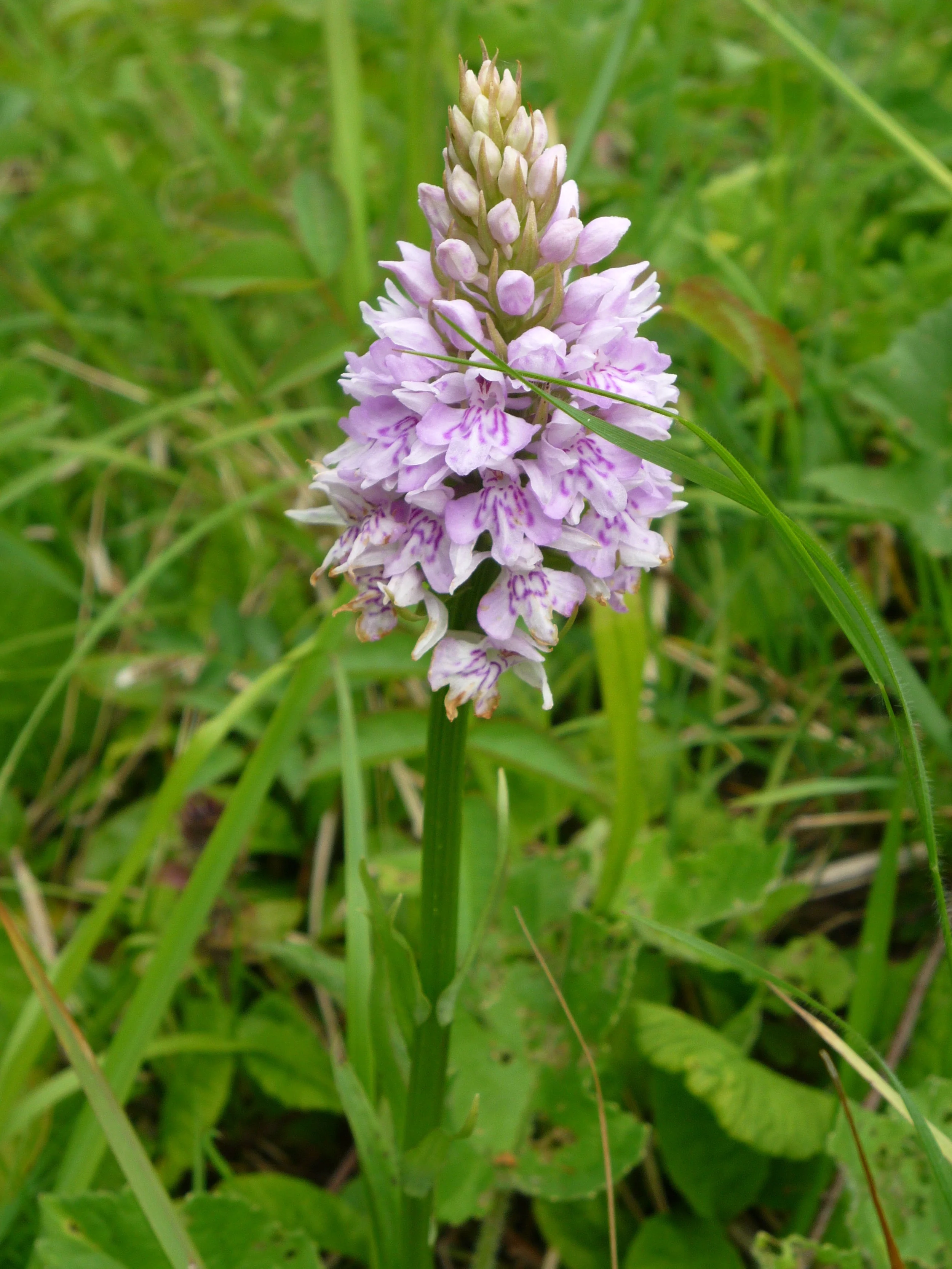Charlotte
Finemere Wood, just 2 miles west of Quainton, is an ancient woodland of immense beauty, with a number of adjoining meadows. Owned and managed by BBOWT (Berkshire Buckinghamshire and Oxfordshire Wildlife Trust), this reserve of 189 acres is brimming with life. An abundance of butterflies, birds and bats live here and over 200 species of flowers have been recorded.
Brown Long-eared bat (photo by Judith Warner)
And it is here, amidst this haven of outstanding natural beauty, that I find myself as Volunteer Warden.
Since the Autumn of 2013, I have been building up a group of enthusiastic volunteers, from all walks of life and with a multitude of skills, we now number twenty. We gather together each month for sessions of hard physical labour as we work to manage this diverse habitat: chopping back scrub and felling trees; cutting and raking the grassy rides; laying hedges; fixing fences and building bridges. During the Summer months there are surveys to be done: of flowers; of butterflies; of bats and of the impact of deer upon the wood. The BTO (British Trust for Ornithology) visit from time to time, catching birds in mist nets and ringing them. The aim: to monitor survival rates of birds and collect information about their movements.
Bee orchid
Wildlife benefits a great deal from the removal and regrowth of trees, and much of the winter months is spent doing this. The resulting influx of sunlight allows new growth of shrubs and flowers. By cutting scallops, in rotation, along the ride, a rich and varied structure to the woodland edge is created. These open, but sheltered spaces, right on the edge of the wood, are so important to the survival of invertebrates and in particular to butterflies.
Large areas of Finemere wood have been coppiced in the past; this practice is now being re-established. A coppiced wood provides a wide variety of habitats encouraging greater biodiversity. Light floods to the ground once the taller growth has been removed, allowing woodland flora to flourish. Many invertebrates and small mammals take up residence in the newly coppiced "stools". Once the canopy begins to close over, the wildlife move on to a more recently coppiced area, their existence depending upon this being available. Coppicing has declined over the last century which has had a detrimental effect upon the wildlife that depend upon it.
There is an overwhelming sense of history in Finemere Wood which was once part of the Royal Bernwood Forest. Written records surviving from the early tenth century, document that Edward the Confessor (1003-1066), built his hunting lodge in Brill, the central settlement of the forest. He and many kings and queens after him, hunted boar and deer in this ancient woodland.
A hidden medieval drovers track, leading to a meadow in the heart of the wood, was gradually cleared of shrubs and trees by the volunteer group over a period of three years. Many feet have passed along this way in centuries gone. A hugely rewarding project, which now requires careful management to keep it open and free from encroaching scrub. Sunlight can, once again reach the ground and seeds lying dormant in the soil for many years are now able to germinate.
Common spotted orchid
Spring is a particularly fantastic time to visit: primroses abound bringing the first touch of colour; the star-like white flowers of wood anemones adorn the shady woodland paths, and bluebells carpet much of the wood in a deep violet-blue, their sweet scent wafts gently through the air. Year on year this magnificent show of flowers is more lush, more beautiful, a true wonder of the British spring.
There are many treasures in Finemere wood: for the butterfly enthusiast, the magnificent Purple Emperor and the rare Black Hairstreak; for the birdwatcher, the cuckoo, the migrant warblers and the woodpeckers; for the botanist, several species of orchid; and for those with a love for bats, the rare Bechstein’s. It is such a privilege to be involved in the care of this unique and special place. This sense of wonder in the natural world, is a gift that my father has passed on to me.
Purple Emperor butterfly
Sadly there are threats to this wildlife oasis, as modern Buckinghamshire threatens to encroach upon it: an incinerator has been built in recent years, on the edge of the wood; HS2 will run along the western side of the reserve and the East West Rail alongside this. Works have already begun. The construction of these railways, and of HS2 in particular, will be challenging for wildlife and volunteers alike.





